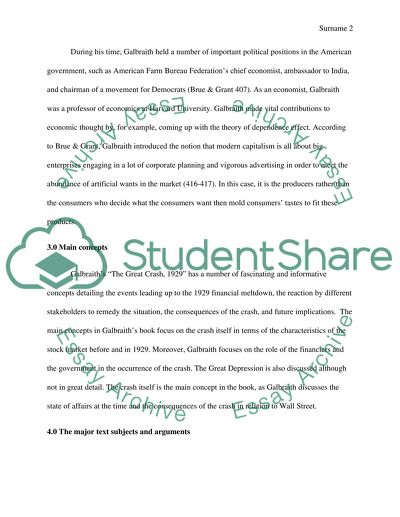Cite this document
(“Book Report of The Great Crash 1929 by John Kenneth Galbraith /Review”, n.d.)
Book Report of The Great Crash 1929 by John Kenneth Galbraith /Review. Retrieved from https://studentshare.org/macro-microeconomics/1685082-book-report-of-the-great-crash-1929-by-john-kenneth-galbraith
Book Report of The Great Crash 1929 by John Kenneth Galbraith /Review. Retrieved from https://studentshare.org/macro-microeconomics/1685082-book-report-of-the-great-crash-1929-by-john-kenneth-galbraith
(Book Report of The Great Crash 1929 by John Kenneth Galbraith /Review)
Book Report of The Great Crash 1929 by John Kenneth Galbraith /Review. https://studentshare.org/macro-microeconomics/1685082-book-report-of-the-great-crash-1929-by-john-kenneth-galbraith.
Book Report of The Great Crash 1929 by John Kenneth Galbraith /Review. https://studentshare.org/macro-microeconomics/1685082-book-report-of-the-great-crash-1929-by-john-kenneth-galbraith.
“Book Report of The Great Crash 1929 by John Kenneth Galbraith /Review”, n.d. https://studentshare.org/macro-microeconomics/1685082-book-report-of-the-great-crash-1929-by-john-kenneth-galbraith.


